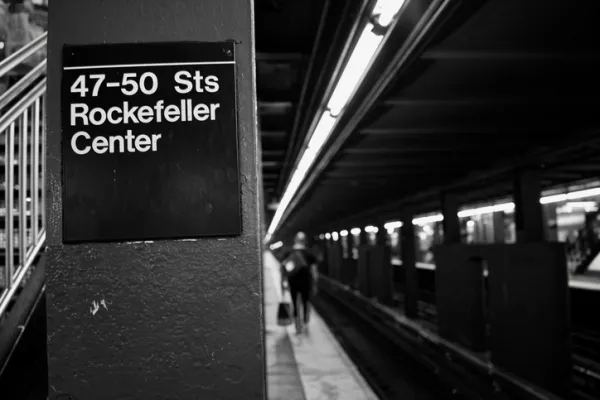South Korean President Park Geun-hye has been putting on a brave face of late. As her nation’s economy cools, she’s sticking to a feel-good script. At a panel discussion on development on the eve of the United Nations General Assembly in New York in September, which included her countryman, U.N. Secretary-General Ban Ki-moon, Park talked about the Saemaul Undong, or “New Community Movement,” the rural development program put in place in the 1960s by her father, former president Park Chung-hee.
“Out of our desire for a better life, the entire country banded together to get itself out of poverty,” said the media-shy Park, 63. “We grew to become one of the top 15 economies of the world.”
The Miracle on the Han River, as South Koreans call their economic success story, has lifted per capita gross domestic product from $80 a half century ago to around $30,000. But Park, the first female president of an East Asian nation, may need another miracle to meet her country’s challenges today. A slowdown in China, the biggest buyer of its exports, is a major blow. The South Korean economy will expand just 2.8 percent this year, the International Monetary Fund estimates, versus 3.3 percent in 2014.
Meanwhile, demographics are skewing older and the middle class keeps shrinking. South Korea has one of the world’s lowest fertility rates and the most quickly aging population of any member of the Organization for Economic Cooperation and Development; in little more than a decade, 20 percent of its citizens will be 65 or older, according to Statistics Korea. There’s also a growing income gap: The top one fifth of earners makes more than 500 percent of the bottom quintile’s income.
Sexism is another problem in a country that last year ranked 117th of 142 nations in the World Economic Forum’s Global Gender Gap report. With women earning 36 percent less than what their male counterparts take home, South Korea has the largest gender pay disparity in the OECD.
Given that climate, Park’s rise to power might seem surprising. Longtime military strongman Park Chung-hee’s daughter served as South Korea’s first lady for several years in the 1970s after a bullet intended for her father killed her mother. When her father was assassinated by his intelligence chief in 1979, she disappeared from the public eye until her return to politics in the late 1990s. Her long-standing ties to the Blue House, the presidential residence in Seoul, gave hard-line conservatives the confidence to back an unmarried woman as head of the dominant South Korean conservative party, now known as Saenuri.
Park, who herself survived an assassination attempt in 2006, when an ex-convict slashed her face with a box cutter, appears to be all business. Her response when asked about her relationship status: “I’m married to my country.”
That country is full of fuming young people. Unemployment among South Koreans in their 20s and 30s is the highest in some 15 years — 7.8 percent this past August, more than double the 3.5 percent national average — with workers in that age group needing an average of 11 months to find a job. Park has pushed for a system that would pare back wages after workers reach a certain age, much to the dismay of a major union association.
In August she met with the heads of 17 chaebol — South Korea’s dominant family-controlled companies, including Samsung and Hyundai — to plead for help in tackling the youth employment crisis. She even went so far as to have the former head of SK Group, the country’s third-largest such conglomerate, freed from imprisonment over an embezzlement charge. SK later unveiled plans to hire 24,000 people through 2017.
When campaigning for office, Park pledged to stimulate job growth among smaller companies on the grounds that conglomerates and government won’t provide the employment opportunities needed to sustain the youth demographic. (One domestic critique of the chaebol is that many of their new jobs have been overseas.) She’s expanded tax breaks for new companies and spearheaded the launch of the Korea New Exchange (KONEX), a stock market for capital raising; activity has been lackluster since it went live in July 2013.
From an investment standpoint, the chaebol might be losing their luster, partly thanks to a societal change that could favor smaller corporations.
“Koreans used to be crazy, working insane hours,” says Sammy Suzuki, portfolio manager of strategic core equities at AllianceBernstein in New York. Although South Koreans toiled 25 percent longer than their peers in developed markets last year, there are signs that they’re changing their workaholic ways. The number of hours worked in South Korea was 25 percent lower than in the mid-1980s, according to OECD statistics cited by AllianceBernstein.
Good news for Park: Wages are moving in the opposite direction. From 2008 to 2014, despite a 4 percent drop in hours logged, average monthly pay rose almost 36 percent, from 2.8 million won ($2,500) to 3.8 million won.
Buying habits reflect a shift toward something resembling work-life balance, with leisure sector spending on products and services such as dining out exceeding that on groceries and other general purchases. For this reason Suzuki recommends that investors turn from the chaebol toward domestic discretionary spending like travel. Also, the export-heavy conglomerates’ biggest customers are in slowing Asian economies.






